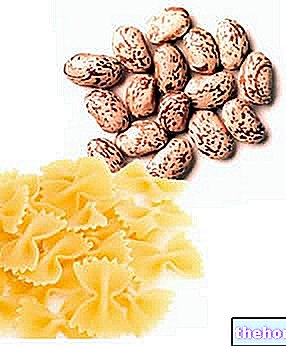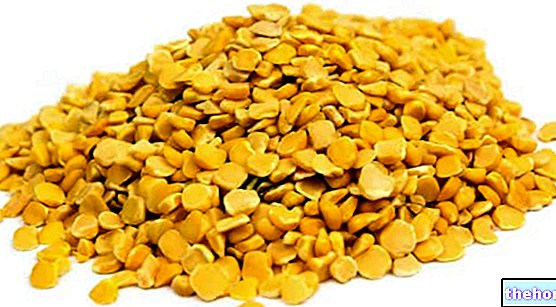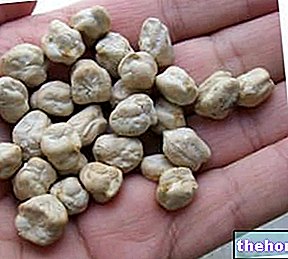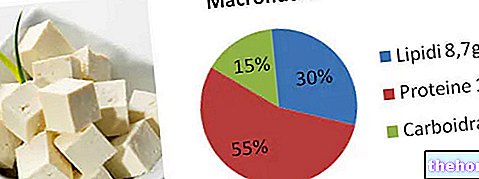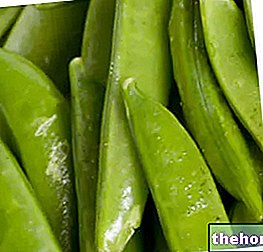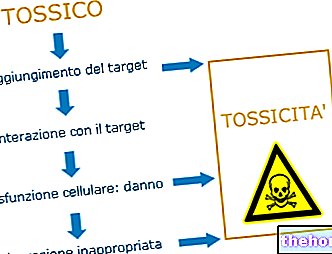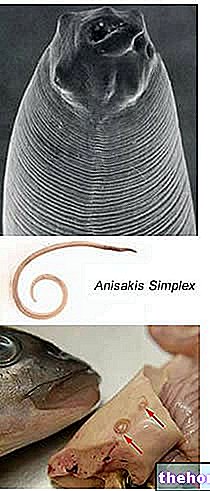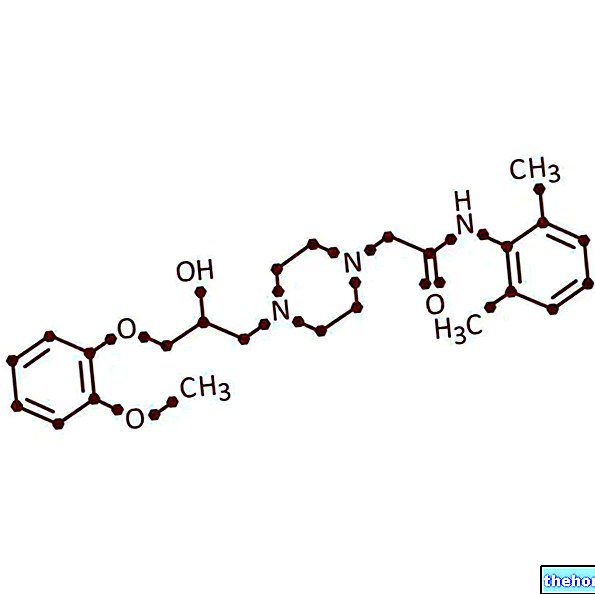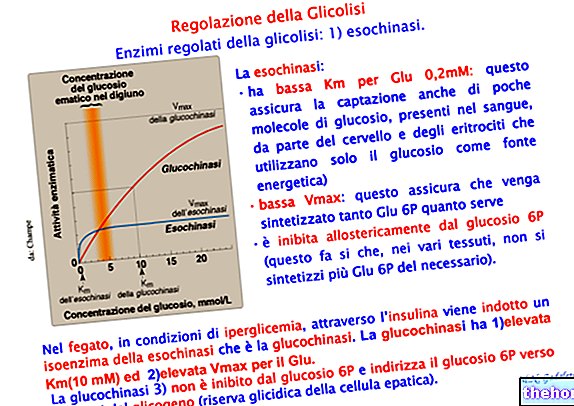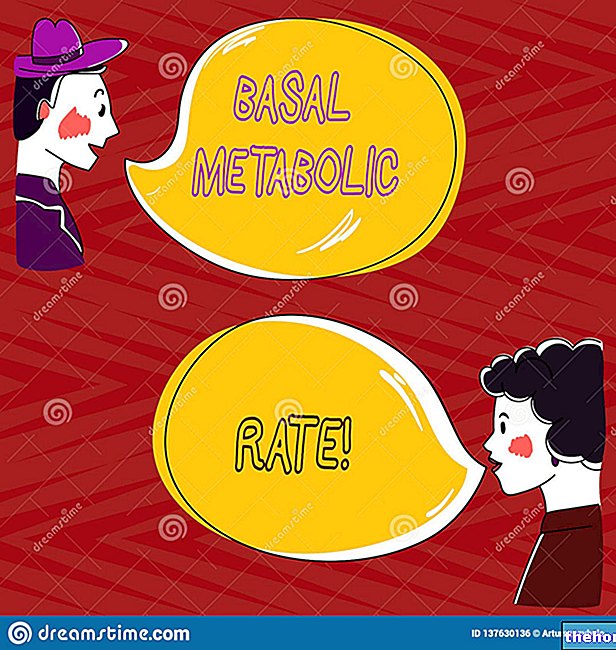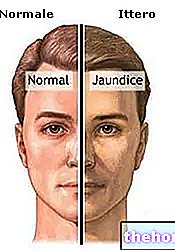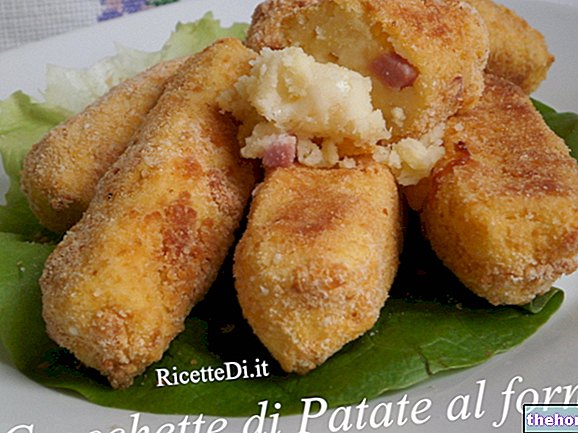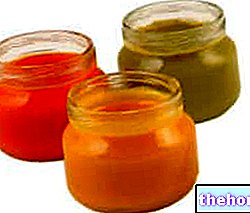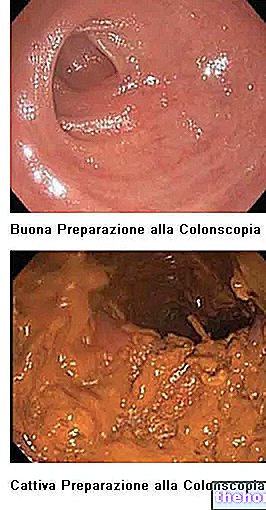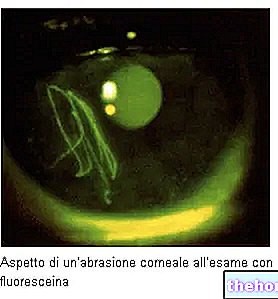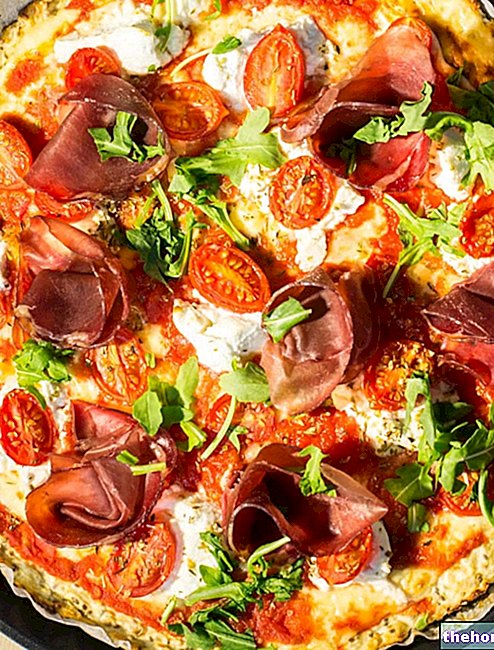
Roveja belongs to the IV fundamental group of foods, as a nutritional source of complex carbohydrates, fiber and a large part of essential amino acids (the limiting essential amino acids are found in cereals). Robiglio is also rich in vitamins (especially water-soluble B group) and specific minerals (iron, potassium, etc.).
In the kitchen, roveja is mainly used as an ingredient for first courses (soups, minestrone, etc.). Boiled or stewed, it is also an excellent side dish. Note: dry or dehydrated field peas, before cooking, require soaking for several hours.
Originally from the Middle East, where the finds suggest its consumption since the Neolithic (Turkey - 7000 years ago), the roveja was subsequently spread almost throughout Europe. In Italy, the pea of the fields was cultivated abundantly until the beginning of the second half of the 1900s, after which it was almost completely replaced by more profitable crops such as, for example, corn, wheat, soybeans, common peas, etc. . Currently, only a small slice of farmers located in the center of the peninsula (Marche and Umbria) resist, who, by exploiting the robiglio to diversify production or enrich the soil with nitrogen, are able to preserve the local tradition. Conversely, in other European countries such as Holland, the field pea (variety kapucijner or velderwt) still represents a respectable crop.
high but lower than that of cereals and flours. Fresh, on the other hand, as it contains more water, it barely reaches 1/3 of the aforementioned energy value. Calories are mainly provided by carbohydrates, followed by proteins and finally by lipids. Carbohydrates tend to be complex, peptides of medium biological value - they lack, albeit in part, lysine and methionine - and unsaturated fatty acids - with an excellent presence of essential polyunsaturated omega 3 or alpha linolenic acid (ALA) and omega 6 or acid linoleic (AL).
Roveja is rich in fiber, both soluble and insoluble, and does not bring cholesterol. On the contrary, like other legumes, it provides very precious plant sterols and lecithins with a cholesterol-lowering action - phytosterols are also antioxidants. Roveja does not contain gluten, lactose and histamine. The purine levels are significant.
Fibers and lecithins are basically beneficial molecules, especially for people who eat according to the habits of the contemporary Western diet (rich in saturated fats, cholesterol, refined foods based on carbohydrates, refined sugars, etc.). This does not mean that these nutritional factors, if in excess, can also hinder normal intestinal absorption. Moreover, roveja also contains other undesirable molecules, because frankly anti-nutritional, such as: oxalic acid, phytic acid and peptidase inhibitors.
As for vitamins, roveja is distinguished by a moderate content of some water-soluble B group; for example thiamine or vit B1, niacin or vit PP, riboflavin or B2 and pyridoxine or vit B6. The level of fat-soluble vit E or alpha-tocopherol is also good.
Even with regard to minerals, the roveja does not disappoint. The quantities of iron, even if not very bioavailable, phosphorus, zinc and potassium are excellent.
against overweight and for therapeutic nutritional schemes towards metabolic diseases. Obviously, in the case of severe obesity and - due to the considerable concentration of carbohydrates - in the case of uncompensated type 2 diabetes mellitus and hypertriglyceridemia, the portion must be adequate. of hypercholesterolemia and arterial hypertension.
Roveja, being less caloric than the most common ingredients for first courses (cereals and derivatives), is ideal for a slimming diet. On the contrary, due to the abundance of fiber and anti-nutritional components, it does not lend itself much to replacing the first courses of high-calorie or in any case very energetic regimes; it would create an excess of anti-nutritional factors.

